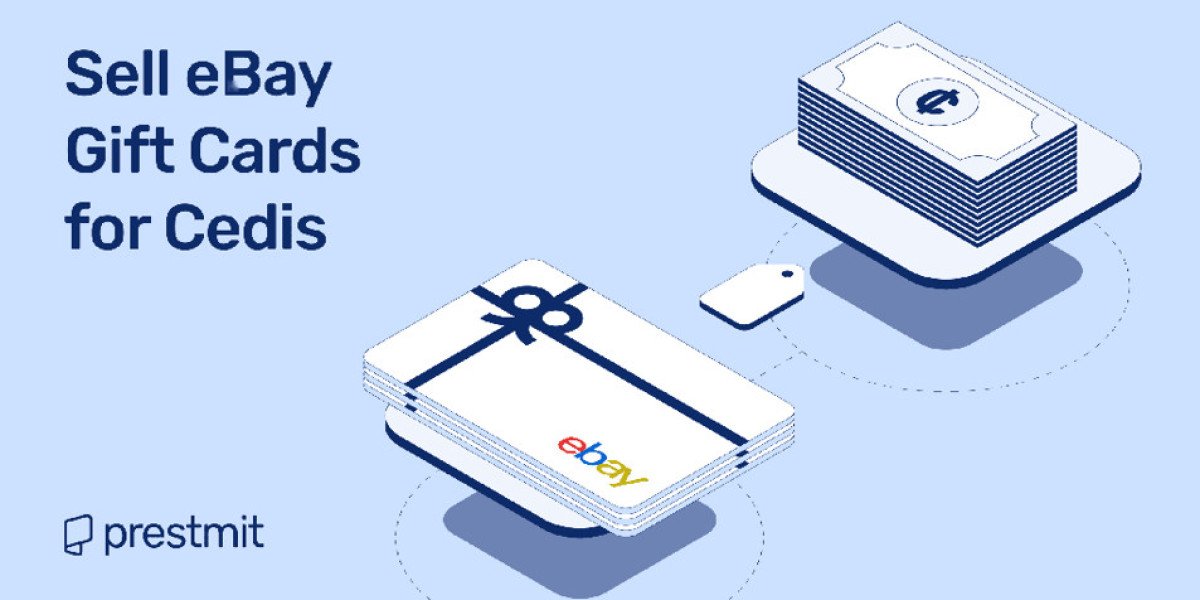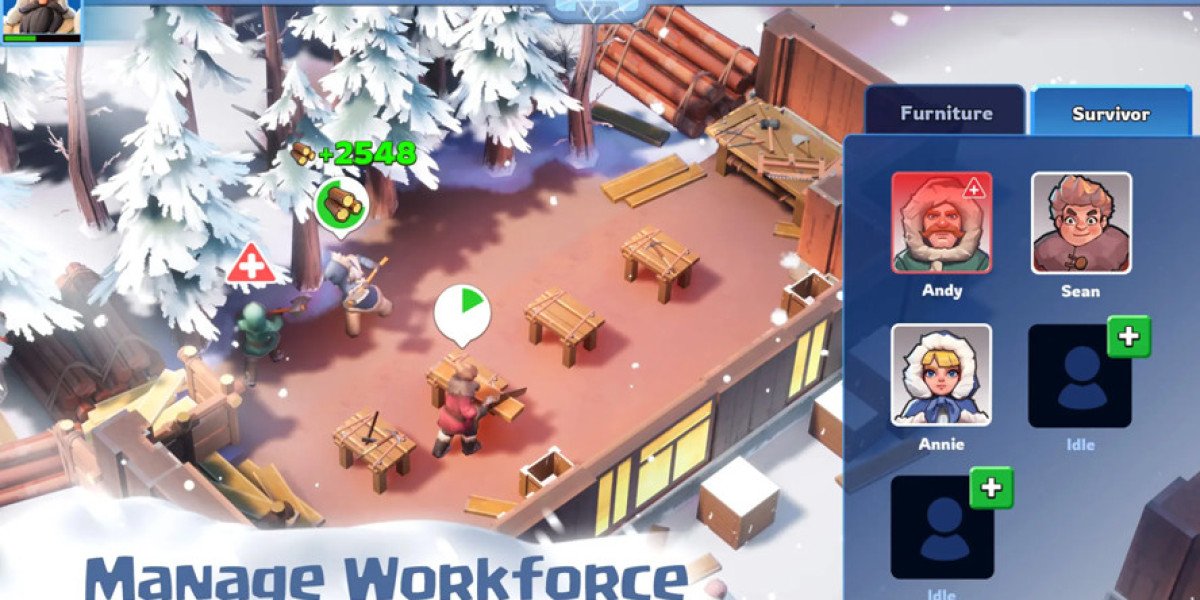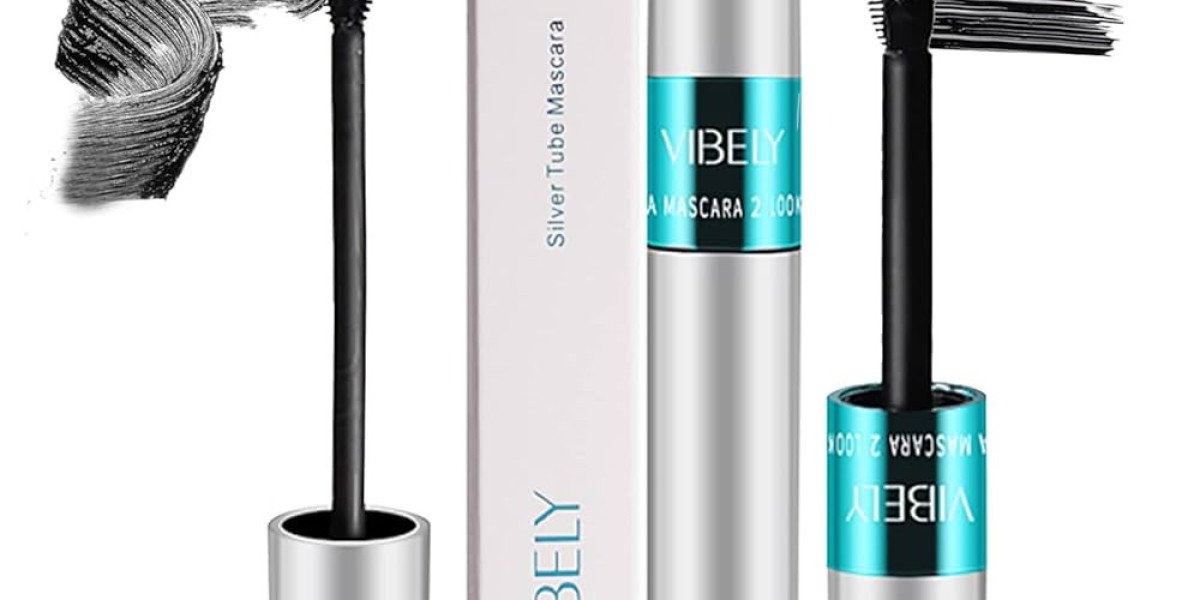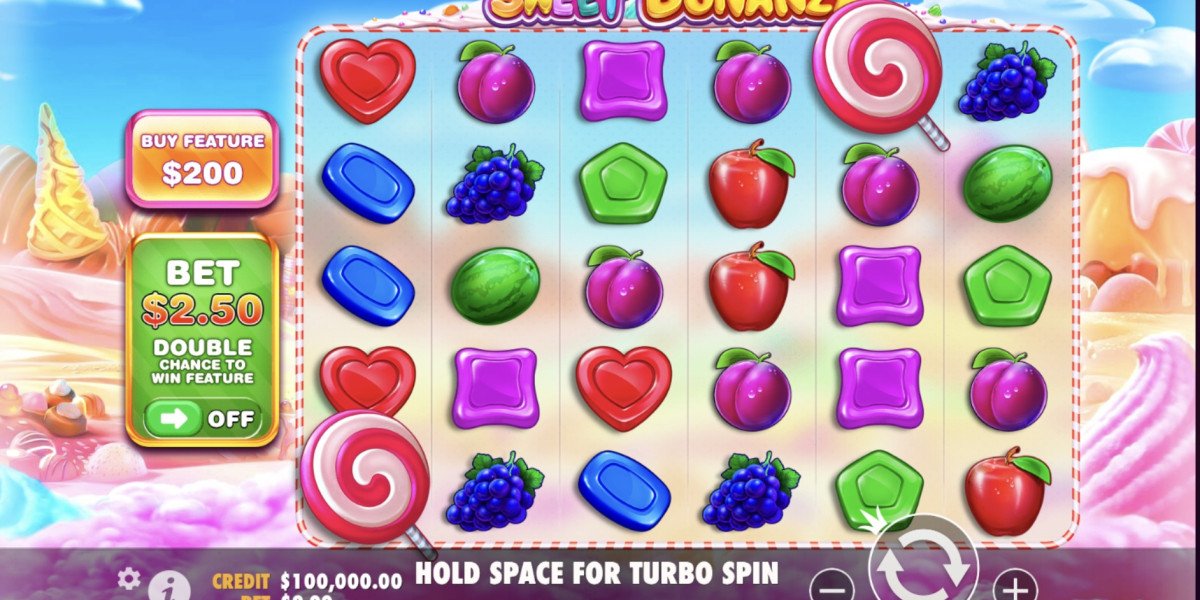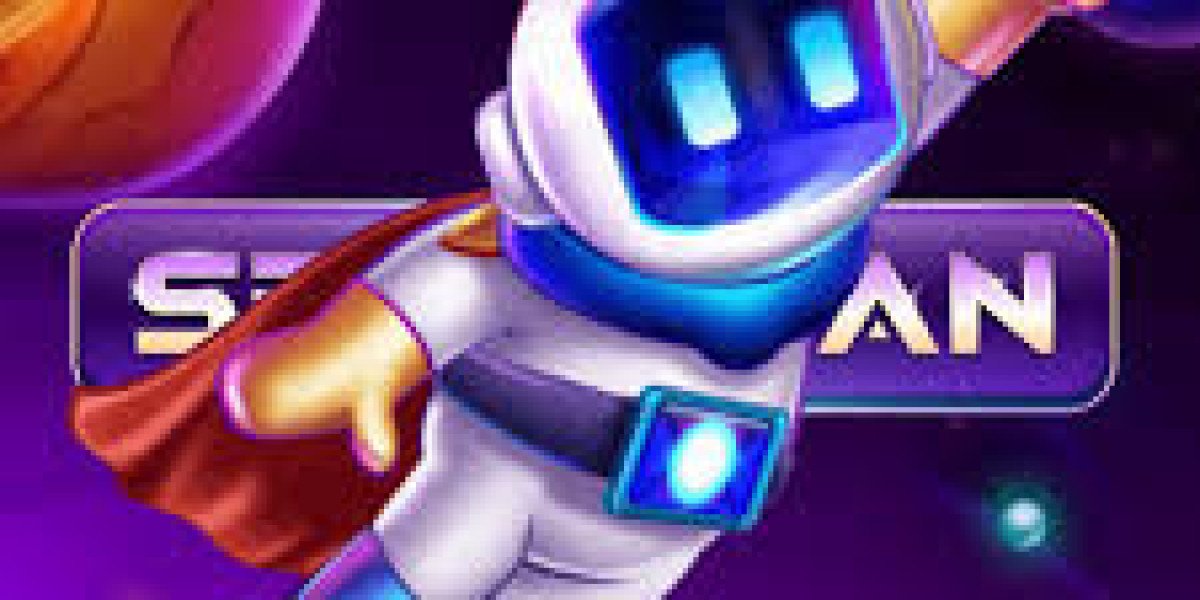When I scroll through social media these days, it’s hard not to notice how fast creators are transforming from everyday people to household names. The shift from short-form videos to major entertainment platforms has changed how I see fame, creativity, and opportunity. What used to take years of auditions and studio meetings can now happen in months through a smartphone screen.
In this post, I want to talk about how this wave of digital creators—especially those from TikTok, YouTube, and Instagram—are not just influencing pop culture but becoming the pop culture we watch on TV. And trust me, this shift isn’t just about entertainment; it’s a whole new way the industry operates.
The Digital Boom That Changed Everything
It started with people simply sharing moments of their lives. A dance video here, a funny skit there—content that felt relatable. I remember thinking how refreshing it was to see real faces and authentic stories instead of polished productions. Over time, the line between social media and television blurred.
Streaming services began to pay attention. Networks noticed how influencers pulled in millions of followers—people who didn’t just watch but interacted. That connection was stronger than any traditional fan base. So, they started inviting these creators onto talk shows, into reality programs, and even into scripted series.
Today, social media stars are no longer outsiders trying to “make it.” They are the entertainment industry. They come with their own audience, marketing power, and storytelling style.
Problem: The Old Fame Formula No Longer Works
For years, the path to success in entertainment was predictable: get discovered, sign with an agent, audition endlessly, and hope for a break. But now, that formula feels outdated. The audience isn’t waiting for networks to tell them who’s worth watching anymore.
People like me want to feel a connection. We follow creators who are open, funny, or inspiring in a way that feels natural. That’s something traditional media struggled to replicate. The digital audience values authenticity more than polished production.
The entertainment industry noticed this shift, and it couldn’t ignore it any longer. Executives began realizing that an influencer with a loyal following could bring instant visibility to any show or brand. It was a marketing dream that reshaped casting, partnerships, and production strategies.
Agitation: The Shift We Can’t Ignore
Think about how many times a creator you follow suddenly appears on a streaming platform or in a brand campaign. It’s happening everywhere. Some of the biggest hits right now are led by people who started with a ring light and a phone camera.
The entertainment industry is embracing this trend because:
Built-in audiences mean instant viewership.
Authentic storytelling creates stronger engagement.
Cross-platform promotion keeps fans invested longer.
Low entry barriers inspire new talent and diverse voices.
This isn’t just luck—it’s strategy. Production companies now track social engagement almost as closely as acting skills. They’re scouting TikTok, Instagram Reels, and YouTube Shorts for talent that connects emotionally with people.
As someone who watches both short-form videos and streaming shows, I can see how naturally this crossover works. Social media stars bring an energy and familiarity that feels different from traditional celebrities. They know how to speak directly to their audience, and that translates beautifully on screen.
Solution: How Creators Are Rewriting the Rules
The most fascinating part is how these creators aren’t just fitting into old entertainment molds—they’re rewriting them. Many are producing their own shows, funding short films, and building personal brands that rival small production houses.
Here’s what’s driving this success:
Creative control: They call the shots on content style and direction.
Community-driven growth: Fans become collaborators, offering feedback that shapes future projects.
Brand partnerships: Authentic collaborations help fund new ventures without losing connection to audiences.
Platform flexibility: They can promote on social media, appear on streaming shows, and still stay independent.
When I see a creator go from TikTok skits to hosting a major series, it feels like watching modern media evolution in real time. The entertainment world has become more accessible, and that gives everyone—viewers and creators alike—a sense of belonging.
Some creators are even merging their social media identity with brand storytelling. I recently came across an influencer who talked about balancing their on-screen hustle with relaxation time using their favorite vape device, the Mr Fog Switch SW15000 Cherry Lemon Ice. It showed me how real-life habits blend with online personas, making content feel natural rather than forced. That kind of relatable storytelling keeps audiences coming back.
What This Means for the Future of Entertainment
The future looks bright for creators who can adapt, connect, and entertain across multiple platforms. TV isn’t dying—it’s evolving. The new “screen stars” are shaping entertainment through personality and authenticity, not gatekeepers.
Here’s what I believe will define the next few years:
More hybrid shows: Combining reality, social media, and scripted elements.
Interactive storytelling: Fans participating directly through social platforms.
Creator-owned productions: Influencers building their own streaming empires.
Collaborations with tech brands: Expanding influence beyond entertainment.
It’s a win-win situation. The audience gets content that feels closer and more genuine, while creators gain recognition and resources to tell bigger stories.
I personally think we’re witnessing the democratization of fame. Anyone with passion and persistence can turn creativity into a career. Whether it’s comedy, music, or commentary, the opportunities are endless.
And as this ecosystem grows, brands are finding ways to connect authentically. I’ve noticed how products like the mr fog switch sw15000 are being featured naturally within lifestyle and entertainment content. It’s not about promotion anymore—it’s about integration, where creators share experiences rather than ads. That’s the kind of subtle marketing that feels human and relevant.
Closing Thoughts: The Screen Belongs to Everyone
From TikTok dances to Netflix debuts, the line between content creator and celebrity no longer exists. The people who once entertained us through short clips are now leading full-scale productions. It feels like a new era of media, one that celebrates originality over perfection.
I find this transformation inspiring. It proves that storytelling doesn’t need a big studio or expensive setup—it needs connection. Every post, video, or collaboration has the potential to reach millions.
For me, the real excitement lies in the freedom this brings. Social media has given creators the stage, and television has given them the reach. Together, they’ve redefined entertainment. And just like how the mr fog disposable vape combines convenience with style, this blend of platforms brings the best of both worlds—authentic stories with global impact.
We’re no longer just viewers; we’re participants in a media revolution that shows no signs of slowing down.


